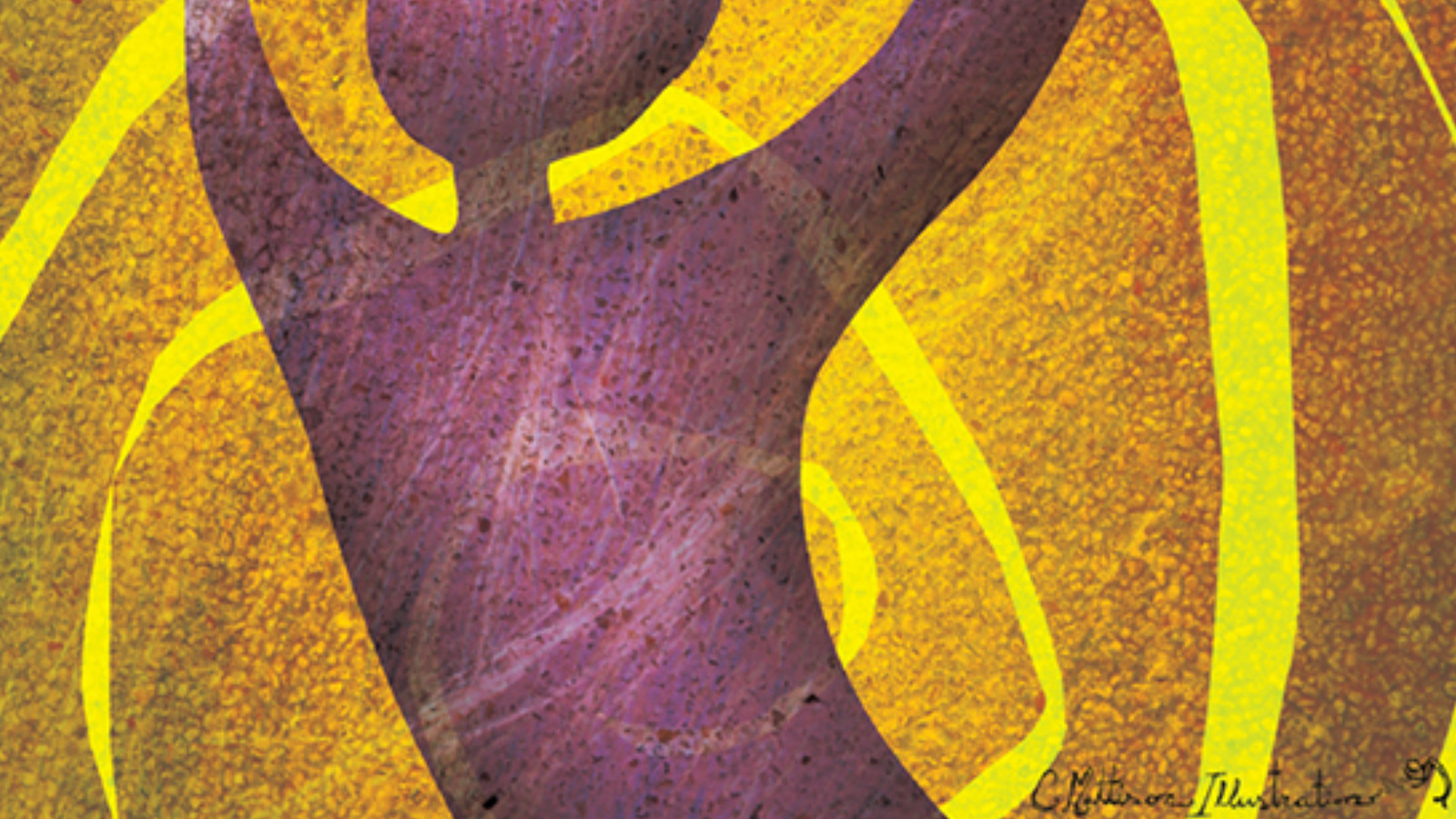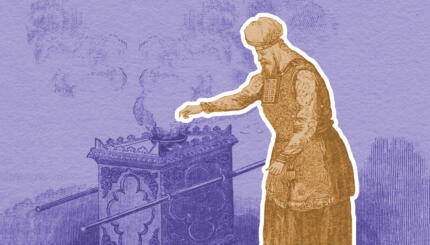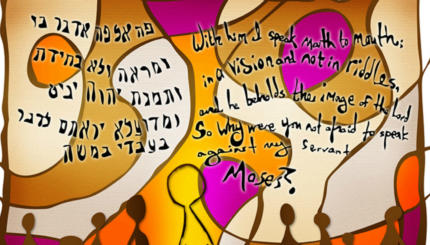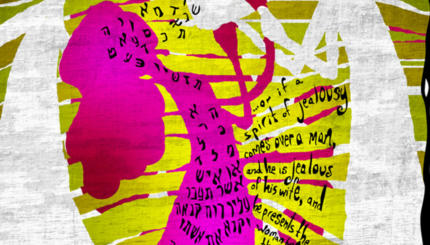Commentary on Parashat Bamidbar, Numbers 1:1-4:20
Parashat Bamidbar opens with God speaking to Moses in the wilderness of Sinai, instructing him to “take a census of the whole Israelite community,” counting “every male, head by head.” God goes on to note that only men 20 years of age and older who are able to bear arms should be counted, and so commentators have noted that this was likely a census to determine conscription into the army. But when God specifically tells Moses to take a census of “the whole” community and then excludes women from this designation, Israelite women are excluded from the idea of who and what comprises Jewish community. The women become invisible.
When the biblical God draws lines around who does and does not count in Jewish community, those demarcations have ramifications that remain harmful – and that women and allies are still working to rectify – to this day.
The great scholars and commentators of Jewish tradition found inherent value in those who were counted by God. Rashi believed that God took a census of those who were dear to him, and Rabbi Isaac Arama argues that each person counted had individual worth (Akeidat Yitzhak #72). The Midrash compares those who were counted to God’s precious pearls, suggesting that God cared deeply for them because they were the children to whom God had given birth (Bamidbar Rabbah 4:2).
This assigning of value to those who were counted begs the question: Were the Israelite women not also dear to God? Did they not also have individual worth? Were they not also the precious children of the divine? What does such exclusion say about the perceived value of Jewish women and their contributions to Jewish communal life?

Help us keep Jewish knowledge accessible to millions of people around the world.
Your donation to My Jewish Learning fuels endless journeys of Jewish discovery. With your help, My Jewish Learning can continue to provide nonstop opportunities for learning, connection and growth.
“Give me ten emesdike yiddin [true Jews],” taught the Kotzker Rebbe, “and I will change the world.” But what are “ten true Jews,” and how do we move forward into an age when women are counted among them?
These are the questions that Judith Plaskow asks in her groundbreaking 1986 article that later became the basis for her seminal work, Standing Again at Sinai. She looks at a moment not unlike the census in Parashat Bamidbar – the moment when women are excluded from entering into a communal covenant with God – and argues that such moments make Jewish women invisible and have a lasting negative impact. Such exclusion, Plaskow notes, “sets forth a pattern recapitulated again and again in Jewish sources. Women’s invisibility at [such moments] is perpetuated by the later tradition which in its comments and codifications takes women as objects of concern or legislation but rarely sees them as shapers of tradition and actors in their own lives.”
Critically, Plaskow offers Jewish women a way forward despite a history of invisibility: “On the one hand, women can choose to accept our absence [at such moments], in which case we allow the male text to define us and our relationship to the tradition. On the other hand, we can stand on the ground of our experience, on the certainty of our membership in our own people. To do this, however, is to be forced to remember and recreate its history. It is to move from anger at the tradition, through anger to empowerment. It is to begin the journey toward the creation of a feminist Judaism.”
Thirty-five years after Plaskow invited us to create a feminist Judaism, and thousands of years after women were excluded from being counted among the Israelite community, Jewish women are still working to move from anger to empowerment; they are still fighting to be among the “ten true Jews” changing the world.
But Jewish women are changing the world nonetheless.
In 2018, a group of women came together to declare the Jewish calendar year 5779 “The Year of the Jewish Woman,” noting the many ways in which Jewish women’s “work and contributions are consistently undervalued, underestimated and often rendered invisible.” By the time that year was up, these women had co-authored an article, signed by nearly 600 women, that called on men in positions of power to be active allies in working to eradicate Jewish gender inequality. They challenged male allies not only to pledge to lift up Jewish women, but to “live the pledge,” launching a website that empowers allies to actively participate in this critical work.
The following year yet another group of women came together to argue for the importance of including women’s voices and scholarship in source sheets. “When we curate all-male source sheets, we send the message that men have a monopoly on Jewish wisdom,” the article asserts. “We know that this is not the case. The Kranjec Test is an invitation to reimagine whose wisdom we teach.”
For thousands of years, from their exclusion from the census in Parashat Bamidbar to their exclusion from top positions in Jewish organizations, Jewish women have been made invisible. But despite their systematic exclusion, women have always known they belonged within Judaism, have known their own worth even when they did not see their value reflected back to them. Today, for the first time in history, Jewish women en masse are Torah scholars and educators, rabbis and cantors, authors of biblical commentary and experts in Jewish law. Jewish women today remember their history, and are working to recreate it so that, together with their allies, they might forge a more equitable future in which they, too, will be counted.
Read this Torah portion, Numbers 1:1 – 4:20 on Sefaria
Sign up for our “Guide to Torah Study” email series and we’ll guide you through everything you need to know, from explanations of the major texts to commentaries to learning methods and more.
Subscribe to A Daily Dose of Talmud: Daf Yomi for Everyone — every day, you’ll receive an email that offers an insight from each page of the current tractate of the Talmud. Join us!
About the Author: Sivan Rotholz is a professor teaching at the intersection of creative writing and gynocentric Torah. She is currently pursuing rabbinic ordination.




